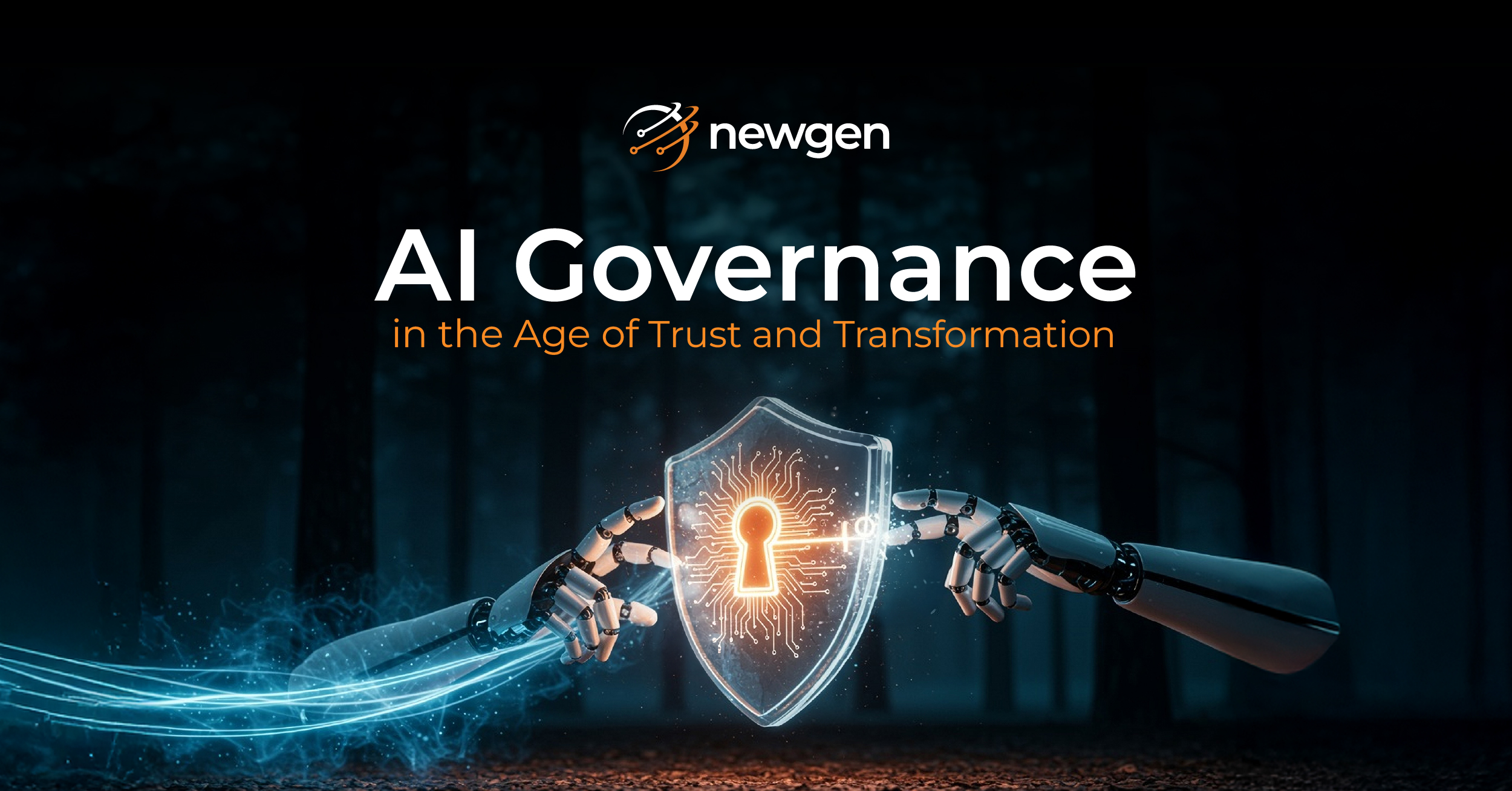Robotic process automation (RPA) automates manual, labor-intensive, time-consuming, rule-based, or repetitive tasks. Typically, a bot performs these tasks more efficiently than humans while also being available 24/7 and easily interacting with in-house applications, websites, and user portals. They work well in a static environment and can log into different applications, copy, and enter data, open emails, and attachments, carry out calculations, and much more.
In the modern business landscape, robotic process automation use cases have expanded beyond the horizon. Different industries employ machine-based programs and systems to perform tasks and roles that don’t require micro-management at minuscule levels.
Use cases of RPA can be enormous across industries. To know what they are continue reading.
Banking
Account opening is a data-intensive process. RPA can capture the data from account opening, lending, trade finance, or KYC forms and documents, eliminating data transcription errors, enhancing the data quality of the overall systems, and delivering error-free results. It can also detect fraud by identifying discrepancies in documents.
Moreover, incorporating RPA in banking allows for smoother transactions of information and faster delivery of services. After deriving inspiration from several business process automation use cases, the industry has employed robotics in its systems to boost productivity and enhance the time required to process, approve, or deny applications within various banking procedures.
Insurance
Robotic process automation use cases in insurance have only recently been implemented. The complicated and time-consuming process of starting and reviewing an insurance policy has been simplified by automated systems. The task of updating relevant information and reaching a decision is simplified, cost-effective, and satisfying for customers.
Robotic process automation simplifies the underwriting process. It captures data from applications and fills the data in core insurance systems. Bots can analyze data from incoming applications, identify any concerning areas triggering risk, or alternatively forward for straight-through processing. It can also help with rule-based automatic case classification, reducing the turnaround time for policy processing and servicing.
Robotic process automation has revolutionized the industry by making a once-cumbersome process relatively easier. The intensive manual work required in this category was unproductive. Eliminating the need to have a physical supervisor at all levels of the process helps various institutions recover a large amount of money from daily expenses.
Government
Government organizations deal with a considerable volume of citizen requests and applications. RPA brings efficiency to government organizations by automating the application life cycle. It facilitates data extraction, file creation, diary entry, indexing, cross-referencing, search, and retrieval. It automates data processing activities in citizen-centric services, property registration, compliant management, legal case management, etc.
It’s an apparent fact that the government in each country has access to the largest database of information. All the relevant information needs to be combed through in various situations to verify the legitimacy of consumer applications.
Earlier, without the help of AI and robotics, completing a single process could take years of inspection and discussion. With the help of RPA, queues lining up outside government institutions have been reduced dramatically. Every level of governmental responsibility is streamlined with the introduction of robotics and AI-based technology.
Shared Services
Robotic process automation in accounts payable and receivable also boosts the process’s overall productivity. Not only does it make the process of keeping a record of transactions owed or easier and faster, but it also ensures the dismissal of errors and inaccuracies.
Moreover, robotic process automation has a crucial role in bringing efficiency and accuracy to accounts payable and receivables. It verifies, classifies, validates, and segregates all the incoming invoices and routes them to either approval for non-PO invoices, discrepancy resolution, or register invoices. Finally, the data is automatically entered into ERP systems.
Customer Service
Irrespective of the industry, RPA-powered chatbots help organizations deliver smooth customer service. It can help you while updating account information or processing customer request. Based on massive, stored data, it can interact with the customer like humans, with 24X7 availability and added security.
Almost every industry now uses robotics and AI-based systems to improve customer service. Given that the customer-facing team is sometimes unaware of internal developments, these systems can be integrated with valuable information to ensure that they are always prepared to answer a variety of questions.
In Conclusion
Robotic process automation use cases can be numerous. Per Gartner, 90% of large organizations globally will have adopted RPA in some form by 2022 as they look to digitally empower critical business processes through resilience and scalability while recalibrating human labor and manual effort. It can be easily integrated into existing processes at comparatively low costs, giving quick results, reducing processing times, creating happy customers, and helping you do well against competitors. Read the whitepaper here to gain detailed insights into how bots are viable to create significant business value.
You might be interested in




